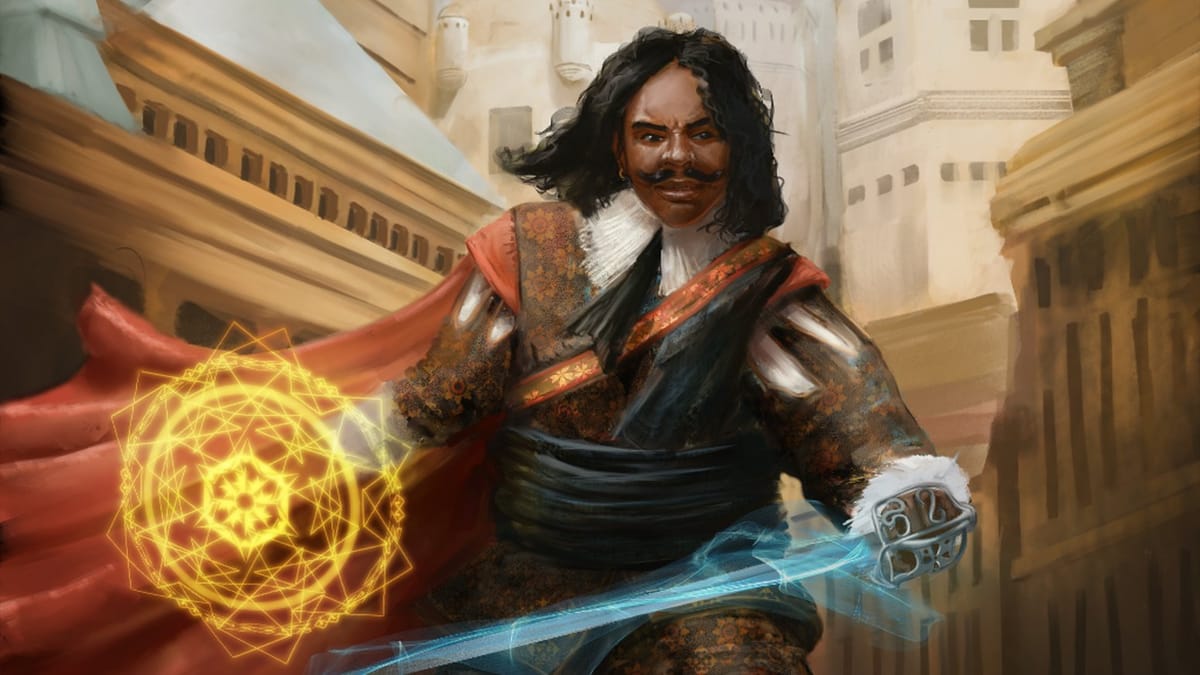
It’s the fate of most independent 5e compatible settings to get lost in the shuffle, and the time I have spent with Rational Magic makes me hope that it doesn’t suffer that same fate. Combination campaign setting, rules set, and an adventure book, Rational Magic sets itself in a fantasy enlightenment renaissance in which magic is not a series of unknown mysteries, but a set of rules. Those rules are every bit as economic as they are scientific; the realities of sorcery brings tangible impacts on the setting’s power structures and political makeup. Player characters are no longer adventurers. Their function is that of Operatives; covert agents working for the powers that be to surreptitiously undermine one another. No longer do armored ruffians break into dungeons and kill everything in sight. Operatives need wit, poise, and subtlety to get their way without compromising themselves or their employers.
Rational Magic is not a perfect product, but the majority of its flaws can be summed up as what I like to describe as “the money stuff.” Its structure and details are well thought out, but the issues with presentation and quality contained in the book are largely owing to the modest budget that Sons of the Singularity had to spend upon their product. With some more resources and a little more page count, the problems I encountered could be eliminated. This is a shame, because despite some imperfections owing to its limited resources, there are some ideas at play in Rational Magic that setting books should seriously consider making use of.
The copy I read through was soft cover print on demand, so not the highest quality but definitely usable, and I had no issues with the composition of the physical product. This should hold up well and, barring excessive punishment, will be easy to flip through at the table. The book shows frequent issues with grammar and punctuation, and the text would have benefitted from more time in the editing process. Many of them are simple, like missing apostrophes or words in a sentence. That said, the quality of the writing itself is usually fine.
The book’s art is as sparse as it is inconsistent. Art is usually one of the larger parts of a book’s budget, so it’s understandable that Rational Magic chose to place its focus in other areas. The book’s style mixes hand drawn portraits and a few larger paintings with some random renaissance-styled pictures in an attempt to set the mood. If the writers wanted to make use of period art, they could have done so more creatively and consistently, leaning on the weight of existing paintings for NPCs or settings. Instead, the inclusion feels uniformly random. You’ll find in a page a random painting from the renaissance with no clear connection to the text nearby, where they could have used public domain work to set a consistent tone and mood. The maps, on the other hand, are fitting and usable, and will go a long way to helping you structure your game in a physical space.
The layout is much better considered, though it won’t appear so until you understand the Lore Sheets and their purpose. Rational Magic makes heavy use of sidebars for Lore Sheets which are a clever way of conveying information without overloading you in the text itself. The main block of each page is heavy, basic exposition, but the Lore Sheet sections are for giving out to players as discrete pieces of information to track. Their function is to give you small, specific, and usable pieces of information on the setting or its peoples. You can hand these out to players as quick references and use them as adventure hooks. Once per session, a player can expend a Lore Sheet for a relevant roll, such as where knowing a secret would be useful. Characters can also resolve a lore sheet to generate a new one, or make one during down time by having an effect on the world. Are these strictly necessary? No, but as a simple way to enforce and gamify note keeping it’s a novel idea. It means that gaining information has a direct mechanical benefit, and rewards players for paying attention to the world.
This has the added benefit of giving you a quick reference for something you need to remember, saving you from having to pour through a block of text. Meanwhile, you can dole out information to players in a way they will remember and be able to reference, without relying on them to take notes you know they won’t or having to turn the whole book over and requesting that they don’t metagame. If iterated on, this could be a great step forward in how adventure books are laid out. The only problem is that sometimes these sheets take up room for text or information, to the point where it contradicts their purpose.
That said, the layout is not perfect. Sometimes rules and setting text will be mixed, making referencing specific rules during the game a challenge. That is a limited issue, however, as the most important rules are relegated to specific sections of the book.
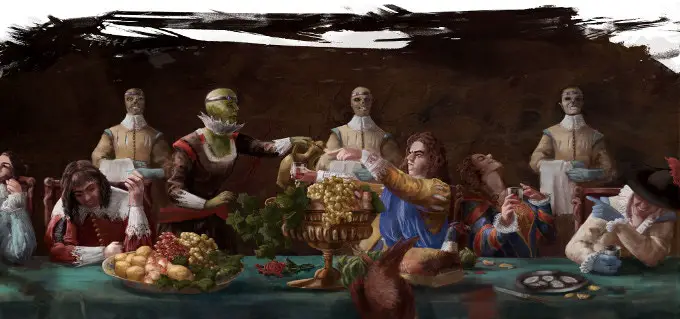
SETTING
The setting of Rational Magic relies on Mana, a limited but naturally occurring source of magic. Humans can only channel it by harvesting it with Mana Cubes. Controlling access magic is the subject of entire economies and wars. Before humanity learned to harness mana, fey races held dominance. Now that humanity has learned to systemise and harness mana, it has carved out its own place in the world. Nations without magic and remnants of the fey contend with new powers rising since the advent of magitech.
There is a lot going on here, including mild transhumanist elements because magic allows the separation of soul and body, and transfer of one to the other. There was a lot of temptation for this to be generic, but Rational Magic has plenty of ideas that help flesh out the world and provide adventure hooks. The book is a thoughtful adaptation of a typical fantasy world reacting to a logical approach to magic, such as how the Rationalist faction grapples with the certainty of the existence of Gods.
This is pretty well thought out, at least in broad strokes, how magic influences the economy and war effort. Necromancy has turned the dead into a source of cheap labor, making for strong economic incentives in favor of widespread accidents. You may get overwhelmed by just how much there is here, but the Lore Sheets help you to adjust to the setting’s many regions, factions, and power structures.
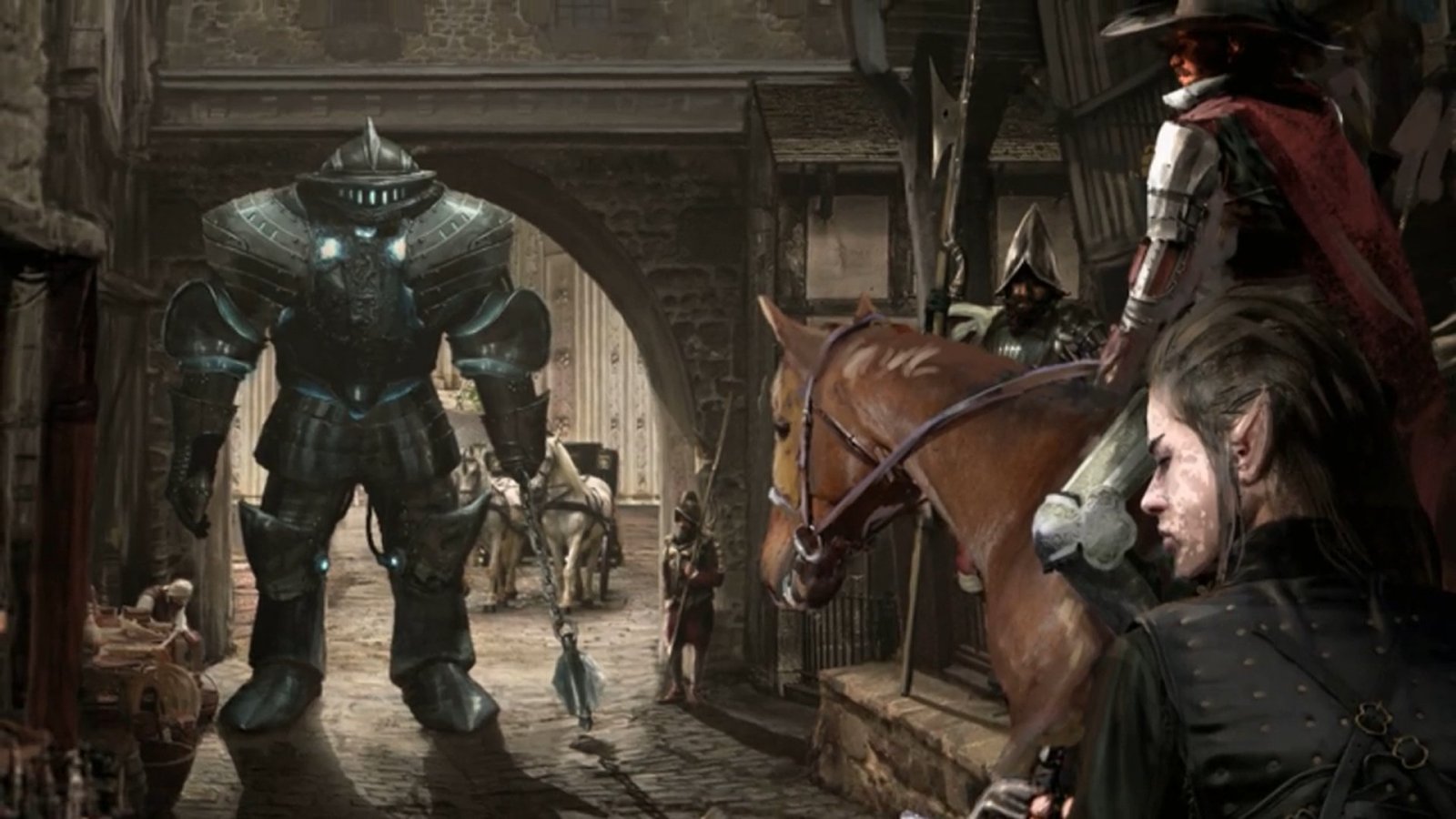
GAME MECHANICS
Rational Magic is compatible with 5th Edition but also contains rules for its own Lore System, which are simplified but also tailor made for the setting. The 5e rules seem like a grudging inclusion to pull along those people who refuse to try anything new, which is a shame because the game flows much better with its own system. The 5th edition support includes new spells, and while the concepts are nice the mechanical effects are sometimes poorly written, leading you to be confused about what their effects or triggers actually are.
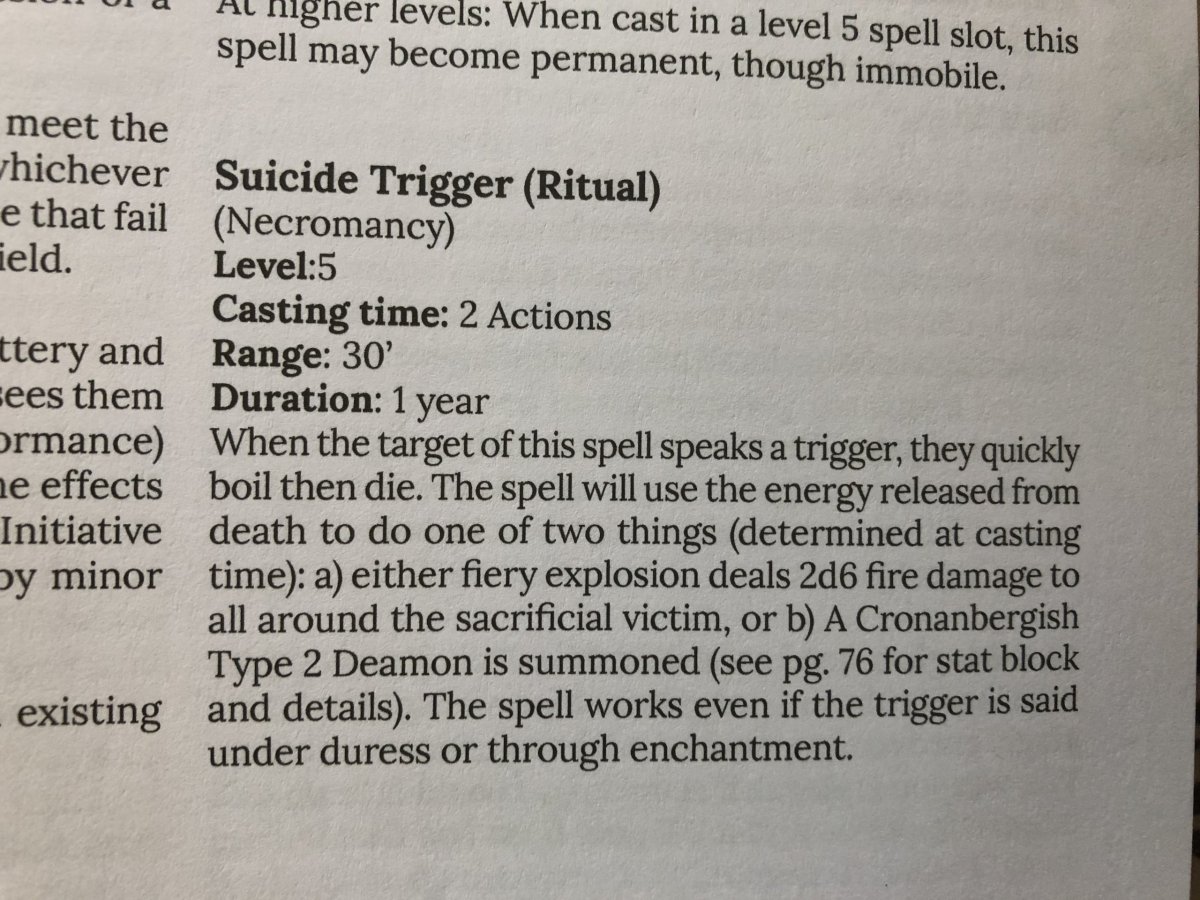
Think of this spell, and the nature of the trigger. As a GM I can intuit how I think it works, but the text is so vague that I can see it leading to issues. Does the target know? Can they hear you determining the trigger? Also an instant kill on anyone as a fifth level spell?
Before breaking into the Lore System itself, there are some more generally applicable rules that readers should pay attention to. The Risk Counter is a great optional rule to apply tension to a game and encourage the players to use finesse. The Risk Counter starts at 20 HP, but as players fail during risky sequences or Flub rolls in the Lore System they subtract 1d6 HP from it. At 0, a calamity occurs as a cost of the operatives exposing their clandestine efforts. One of the calamities suggested is the death of an operative. You may find this to be too harsh a cost, and are free to modify it, but as a measure to encourage players to roleplay and keep their work subtle it goes a long way to reinforce the setting. This makes sense in a world where individuals have access to massive magical power; as soon as a threat makes itself known to them, they have the means to take immediate and aggressive action.
Rational Magic also has a faction system, whereby organizations or influential NPCs are represented as entities with Faction HP, and a separate set of stats: each faction is represented by its Aggression, Finesse, Envision, and Will, but also the Scale at which is can operate. The sections explaining these faction rules are extremely are well organized. All on one page, you get a great overview of each faction’s get goals, methods, notable NPC allies, and capabilities, usually including Lore Sheets with adventures or connections. Factions have mechanical ways to take action against one another, in case you want a way to track those in more than purely fictional terms.
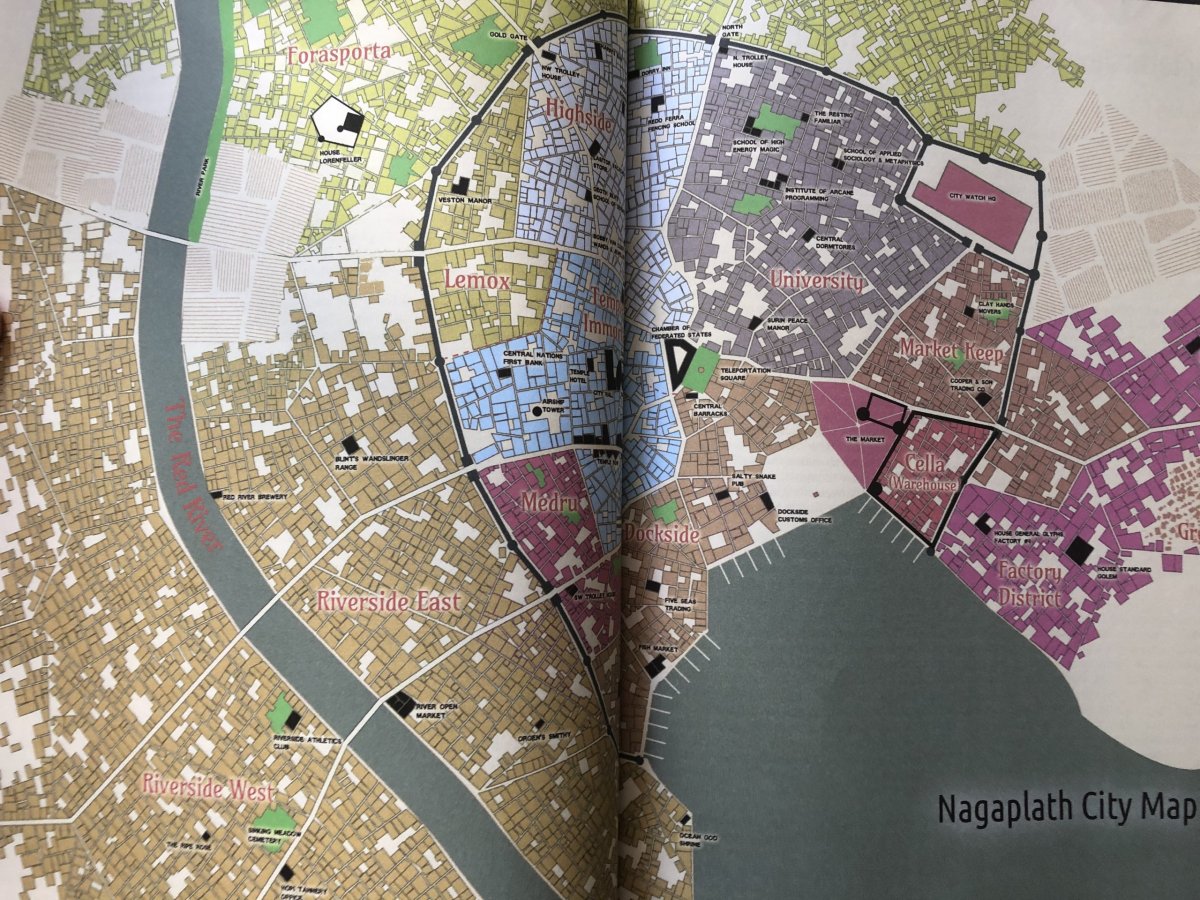
LORE SYSTEM
The Lore System is more simplistic than 5e, which allows it to move more quickly. Characters have four basic stats: Aggression, Finesse, Envision, and Will, as well as related skills, talents, and magical potential. The base mechanic is rolling 2d10 with attribute bonuses, and bonuses or penalties represented by adding or subtracting d6 rolls into the test. Character creation is quick, requiring distributing a few points into stats and determining related talents based on character background. This system allows for simple NPC character sheets, which take up little space and are easy to use. Making characters or enemies is a breeze, and should keep the game moving quickly
The Lore System has its own rules for magic which break it down into specific schools of effects. Each school has 5 levels, further breaking down from minimal effects into world altering powers. Casting a spell requires spending some mana and making a spell roll. layers have a number of modifiers to change the difficulty or mana cost of casting their spell; making a spell more powerful by increasing difficulty, or less by use of sacrifice. Simple effects gain a ton of utility because of the choices available to your players. As spells become more powerful, you are more inclined to take risks or spend time preparing for them to make the effects guaranteed, which fits precisely into the fictional framework of the setting.
The Lore System has the benefits and drawbacks of a simple system. It is effortless to get into the game, create antagonists, and teach it to new people, but at the drawback of lacking some mechanical variety. I think with a little more development, probably at the hands of the players, you could get a ton of leverage out of what’s on offer. The magic system makes it really shine and has far more variety to offer than D&D’s vancian casting. While perhaps not fully baked, the Lore System is well worth taking a chance on, and will make you feel more attached to the Rational Magic setting than a 5e reskin ever could.

ADVENTURE
Once again, the organization of the adventure section garners serious praise. Every section includes a good summary of events, a list of important characters, and options for how to integrate the players organically into the start of the adventure… almost. These sections often include logical ways to get the characters involved, but employ lazy, brute-force measures in case they happen not to agree, such as threats of torture or a magical geas. Still, compared to Wizard of the Coasts’ adventure layout, this is a clear step forward.
The adventure is a sophisticated plotline, mixing economic realities with political underpinnings. It involves an organic evolution from a small series of investigations that sprawls out into a larger conflict, getting players acclimated to the setting while ultimately relying on their actions to move the plot along… again, almost. Some sections flow naturally into one another, but overall, the three main sections lack cohesion while showing you the sights. As an introduction to the setting by means of a few episodic stories, the adventure is exceptional. It contains more than a few clever examinations of the moral challenges that a magical society could raise, which go to the strength of the world that the team has built. This genuinely allows the players to make decisions, while challenging them to investigate and reason to progress. I also appreciate the way this teaches new GMs to run intrigue plots. At the end, it gives you a list of how each affected faction will react behind the scenes, suggesting to you how you can make these changes yourself, and encouraging use of the faction system to see how these changes bleed into larger conflicts. The side quests also do well to explore the setting but potentially feed into information important to the main plot or give you fodder for your own campaign.
Rational Magic may be lacking in polish, but in terms of organization it’s leagues ahead of even WotC’s latest works. They clearly didn’t have the best resources, but a lot of thought went into making this usable, and I think it is well worth looking into for anyone who wants something different and developed from a setting book. It’s impressive just how much the team managed to fit into one book, and the resources it contains have great applicability to your game.
Rational Magic
Good
Rational Magic presents a thoughtful examination of magic applied to world politics and economies. It is lacking in some details of presentation and mechanical design, but overall presents a well-developed setting with organization to give you a ton of utility with a minimum of effort.
Pros
- A detailed, intelligent setting with room for tons of adventures
- Incredible organization for adventures
- The Lore System is easy to use with a versatile magic system
Cons
- Art is inconsistent and underused
- Certain rules sections feel undercooked
- The adventure utilizes some brute force to get characters involved
